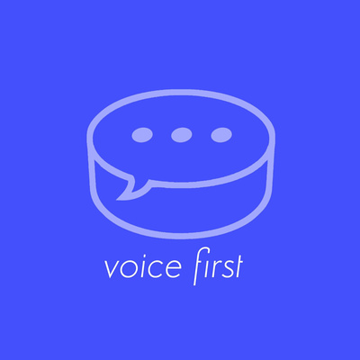Back
It’s a Voice Forward World: Impacting Digital Health
Mary Lou Ackerman, VP of Innovation, attends Consumer Electronics Show, for digital health and innovation technology.
By Mary Lou Ackerman, Vice President of Innovation, SE Health
Featured in Hospital News
Engaging people in health means we need to make health more engaging. This year’s Consumer Electronics Show (CES) in Las Vegas (January 8-11 2019) had a dedicated Digital Health stream that showcased new and innovative technology for the future of health.
.jpg.aspx)
From Hospital-to-Home
This year marks a transition from the “connected age” to the “data age”, moving from “Internet of Things” to “Intelligence of Things”, a real enabler of the notion of healthcare anywhere! For a number of reasons well beyond lower cost of care - i.e. improved health outcomes, more convenience, and decreased cognitive impact - the shift from hospital or clinic to the home for healthcare service delivery was a common thread throughout the Digital Health Summit. As the population continues to age, entrepreneurs are zooming in on personalized, smart, voice-enabled tools to empower people and families with new capabilities that were previously not easy to access, such as schedule management, remote monitoring health, cuing, 24/7 companionship, and convenience and control. The data collected from these types of technologies can also be used to predict changes in normal behaviors leading to early intervention or “right time” interaction with targeted, proactive health services based on predictalytics algorithms.
Lean in On Voice
The adoption rate of voice interfaces such as Amazon’s Alexa and Google Home in the US has surpassed that of the smart phone. With almost 30% of all homes in the US currently owning at least one of these devices, and a 78% increase in adoption this past year, voice-enabled tech is now entering the digital health space at an incredible pace. Health consumers are beginning to endorse voice-based healthcare technologies. Given healthcare consumers’ zero tolerance for complexity, voice-based tools that use existing household platforms such as Alexa and Google Home are breaking down this adoption barrier by providing a meaningful easy to use interface.
These smart speakers (often referred to as digital assistants) have omnipresence in your home, always ready when called upon. They offer the flexibility the traditional smart home monitoring does not. For example, depending on their needs, seniors can personalize the types of interactions they want to have with their digital assistant without having it “always on” but know that it is “always there” when you need it by simply saying its name or programming it to interact with you when you want it to. “Always there” versus “always on” removes the barrier of feeling like there is constant surveillance, something which is not always welcomed by people as they age at home.

Insights about Adoption: Partnerships, Awareness and Excellence
As emerging voice technologies infiltrate into the healthcare space, a number of key considerations were shared by leading innovators and practitioners at the Digital Health Summit:
Although voice-based digital assistants can provide support and identify changes in behavior, they cannot close the loop and actually provide care. They can, however, identify when health care services may be needed. To get the full benefits of the digital assistant + human service provider will require creative partnerships between retailers (distribution to consumers), health technology companies (makers of the voice tech) and health service providers (source of humans that are trained to deliver warm care). Joining these 3 actors in new partnerships will require the design of innovative service delivery models that provide the right care at the right time, at the right price. Often these models will include a care team that include informal family caregivers as an integral member of the team. Adoption lesson learned: Lean in on Partnerships
Although there is increasing evidence of the value that the smart speaker digital assistant can bring, especially to seniors who are living alone, the adoption of this type of technology continues to be slower with this demographic. Awareness of the technology, its functionality and value in general is poor, not only with consumers but with health professionals as well. Health consumers look to their health providers for recommendations to improve or better manage their health. Health providers are the enablers to drive adoption and need to be informed of its availability and value. Adoption lesson learned: Lean in on Awareness
Finally, as the digital assistant is “always there” it is critical that it always works! If we are going to depend on technology to assist in the management of our health, consumers will not tolerate disrupted service. It must work all the time, people’s lives depend on it. Adoption lesson learned: Lean in on Excellence.
Walking the exhibition floors at CES is quite an experience that anyone bringing innovation in health and care should experience at least once in their career! There is no shortage of emerging technologies that are positioned to change nearly every facet of how we live our lives and manage our health – super smart homes, robots, flying cars, autonomous mobile clinics, digital therapeutics, virtual reality, augmented reality, and so much more. It’s hard not to be optimistic about the future of health (care). But with a heavy dose of caution – techno-optimism for technology’s sake is not at all the answer to address the unmet needs of so many patients and families. As we embrace these emerging voice and other technologies it will be paramount to also share our adoption and impact stories similar to those shared this year at CES.